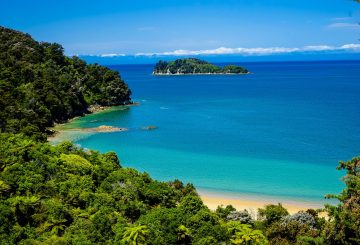뉴질랜드 보건부 장관 셰인 레티 박사는 태아 알코올 스펙트럼 장애 (FASD) 예방 및 치료에 새로운 초점을 맞추고 있다고 발표했습니다.이 질환은 예방 가능한 지적 및 신경발달 장애의 주요 원인이며, 뉴질랜드에 사는 수백 가정에 영향을 미칩니다.매일 약 5명의 어린이가 FASD를 갖고 태어납니다. FASD는 평생 학습과 발달에 중대한 영향을 미치는 질환입니다.
레티 박사는 FASD 환자와 그 가족을 평가, 진단, 의뢰 및 지원하는 의료 인력의 능력을 향상시키기 위한 몇 가지 새로운 이니셔티브를 발표했습니다.이러한 이니셔티브는 FASD 환자가 평생 겪을 수 있는 신체적, 행동적, 학습 및 정신 건강 문제를 해결하기 위해 고안되었습니다.
일반의이기도 한 레티 박사는 FASD가 오랫동안 제대로 인식되지 않고 지원도 부족했다는 점을 인정합니다.그는 예방, 조기 발견 및 개입이 FASD 환자의 건강과 복지를 개선하는 가장 효과적인 방법이라고 믿습니다.
새로운 이니셔티브는 모든 뉴질랜드인을 위해 보건 및 교육과 같은 공공 서비스를 개선하는 동시에 경제를 재건하려는 정부의 우선 순위와 일치합니다.이 이니셔티브는 기본 기금, 알코올 부과금, 범죄 수익금 기금 등 다양한 출처를 통해 자금이 지원될 예정이며, 현재 2백만 달러 이상이 이러한 노력에 사용될 예정입니다.






























































